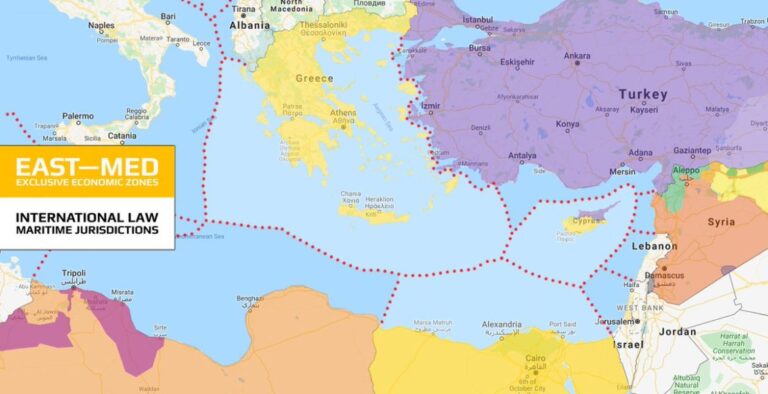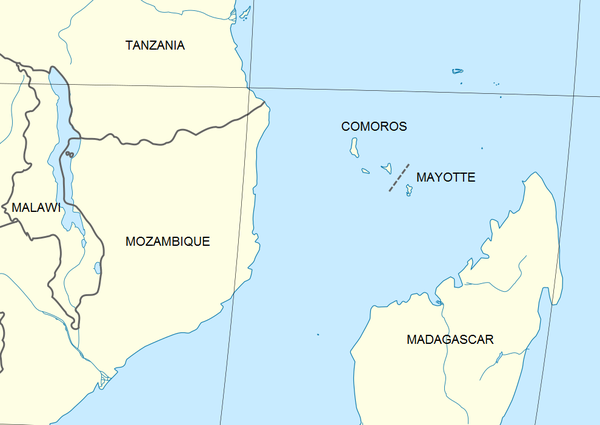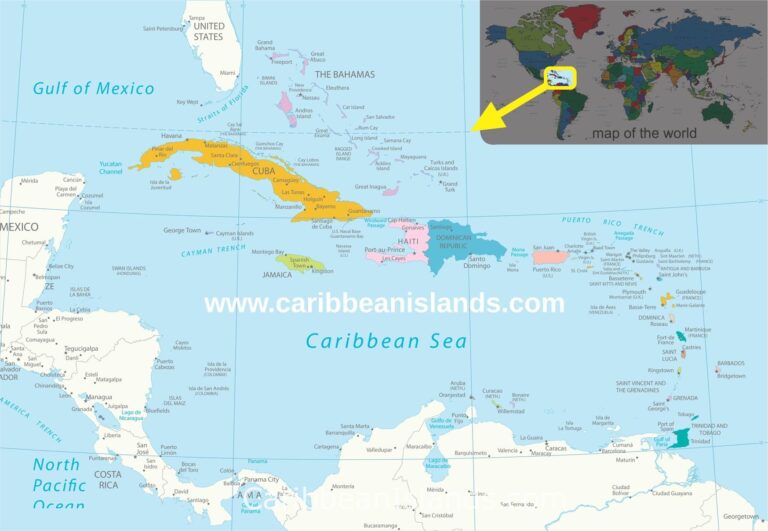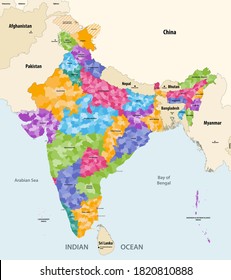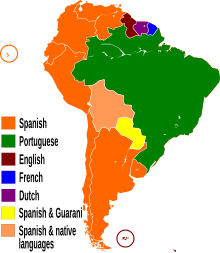Côte d’Ivoire Neighbouring Countries on the Map

Ivory Coast Neighbors Overview
Let’s take a little trip through Côte d’Ivoire, shall we? Known by many as Ivory Coast, this gem in West Africa has a fascinating mix of neighbors and landscapes that make it a truly interesting place.
Bordering Countries
Côte d’Ivoire doesn’t just hang out by itself; it’s got a bunch of friendly neighbors. These six countries and good ol’ Atlantic Ocean give it a pretty cozy spot beneath the sun:
- North: It bumps elbows with Mali and Burkina Faso.
- East: Nestled next to Ghana.
- South: Gets a splash from the Gulf of Guinea.
- Southwest: Liberia watches over this shoulder.
- Northwest: Just a hop away from Guinea. (Britannica)
Here’s a quick look at who’s chilling around Côte d’Ivoire:
| Direction | Neighboring Country |
|---|---|
| North | Mali, Burkina Faso |
| East | Ghana |
| South | Gulf of Guinea |
| Southwest | Liberia |
| Northwest | Guinea |
Craving more neighborly love? Check out algeria neighbouring countries or angola neighbouring countries.
Geographic Features
If there’s one word to sum up Côte d’Ivoire’s features, it’s “variety.” From mountains to rivers, there’s a lot to explore:
- Mount Nimba: Sliding up to 5,748 feet (or 1,752 meters if you prefer), Mount Nimba’s not just another bump in the road. It’s part of a protected nature reserve recognized by UNESCO.
- Rivers: You’ve got four big fellas flowing south into the ocean: the Cavally, Sassandra, Bandama, and Komoé rivers. They might look peaceful, but those waterfalls and rapids make them tricky for a boat ride.
- Komoé National Park: Up in the north, this park stretches across a whopping 4,500 square miles (or 11,650 square kilometers). It’s another UNESCO spot, so you know it’s got some serious natural chops.
The natural canvas of Côte d’Ivoire is as diverse as it gets, offering habitats and reserves you won’t find just anywhere. Want to check out another spot on the map? See bangladesh neighbouring countries or belarus neighbouring countries.
Neighboring Countries Relations
Diplomatic Relations
Ivory Coast’s got quite the mix of friends in the neighborhood and even further out. Back in ’73, they said bye-bye to Israel like a bunch of other African countries, but they patched things up pretty fast in ’86 and were among the first to mend fences. They also keep doors open with Palestine, showing they’re pretty good at playing nice with everyone.
France is their BFF when it comes to anything diplomatic. They’ve got a whole history book full of military, economic, and cultural connections. Let’s just say their times together go way back to the colonial days. Don’t forget Russia either, they’re in the mix too, giving a lending hand mainly through UN missions (Wikipedia).
Key Trade Partners
Money talks, and so do Ivory Coast’s trade buddies. France is the big cheese here, tossing in more than half of the foreign pie in Ivorian businesses. Their investment is like the sturdy backbone of their economic bonding.
| Partner Country | Investment Percentage |
|---|---|
| France | 55-60% |
| China | 15% |
| Germany | 10% |
If you happen to eat chocolate, you might be connected to Ivory Coast. They’re kinda a big deal on the world stage with some serious production numbers. In 2019, they were the ninth biggest in the manganese game and back in ’17, they churned out 20.3 tons of shiny gold. This exporting hustle keeps their economy buzzing and builds strong bridges with international markets.
Looking to know more about other friendly neighbor relations? Check out Burkina Faso Neighboring Countries and see what’s up with Ghana Neighboring Countries.
Economic Scene
Agriculture and Export
In Côte d’Ivoire, farming isn’t just farming; it’s the lifeblood of the economy! This country’s amazing at growing stuff and it’s the world champ of cocoa beans — this title is still fresh, as of 2020. But wait, there’s more: Côte d’Ivoire is also making big waves with natural rubber, cranking out 1.55 million tonnes in 2022! Compare that to 815,000 tonnes in 2019, and it’s clear they’re on a rubbery roll.
Small farmers run the show here, especially when it comes to cash crops. This keeps the country’s cash registers jingling and people working. Check out the table below showing the top crops Côte d’Ivoire is sending across the globe:
| Crop | Production (Tonnes) | Global Ranking |
|---|---|---|
| Cocoa Beans | 2.1 million | 1st |
| Natural Rubber | 1.55 million | 3rd |
| Cashew Nuts | 761,000 | 1st |
Investments and Trade Buddies
When it comes to investing cash in Côte d’Ivoire, foreign money is a big deal. France is the top buddy here, owning about a quarter of Ivorian business capital and 55-60% of the foreign moolah flowing in. Private money streams in from various sources, like Eurobond sales, giving the economy a strong boost — just the confidence pill it needs.
When you’re talking trade, the European Union stands out. With Ivorian rubber on the rise and sustainability rules set for 2025, everybody’s got eyes on them. Côte d’Ivoire also sends out lots of oil and plays a key role in the West African Economic and Monetary Union (World Bank).
| Country | Investment Sector | Investment Share (%) |
|---|---|---|
| France | Various Sectors | 55-60 |
| European Union | Agriculture, Rubber | 30 |
| Other Countries | Mixed | 10-15 |
Craving more details on how nearby countries mix it up with Côte d’Ivoire? Peek into Côte d’Ivoire neighboring countries for some spicy economic interconnections. Want more on West Africa’s farming and economy? Take a look at agriculture and economy in West Africa to compare the big picture with neighboring pals.
Social and Cultural Insights
Checking out the social and cultural sides of Côte d’Ivoire gives you a peek into its colorful mix of languages, cultural swaps, migration patterns, and diversity.
Languages and Cultural Exchanges
Côte d’Ivoire’s got a whole bunch of languages spoken within its borders, which mirrors its diverse culture. Up in the northeast near the Comoé National Park, you’ll bump into folks speaking Kulango, the Gur language Lobi, and the Mande language Jula (Dioula). Jula’s pretty cool because it’s a go-to language not just in Côte d’Ivoire but also in places like Burkina Faso, helping keep cross-border chats lively and cultures mingling.
The Akan people are no strangers here either; they moved over from Ghana around 300 years back. Among them, the Baule still hold tight to cultural ties with Ghanaians.
Then there’s the Dan, a community that brings rhythm to their lives with music. For them, tunes aren’t just for fun, they’re part of the ceremonies for everything from harvesting rice to welcoming babies and bidding farewell to the departed.
| Linguistic Community | Population | Region |
|---|---|---|
| Kulango | ~250,000 | Northeast |
| Lobi | ~250,000 | Northeast |
| Jula (Dioula) | ~250,000 | Northeast |
Migration and Diversity
Migration’s played a big role in shaping the crowd in Côte d’Ivoire. Folks from all over West Africa have flocked here, making up a chunk of the population (up to 40%) and adding to the cultural mix (Africa Guide).
The Senoufo people, wandering down since the 15th and 16th centuries, have rooted themselves here with various little subgroups, adding another flavor to the cultural stew.
This blend of tongues, cultures, and moving people doesn’t just make Côte d’Ivoire’s social life rich but also keeps the cultural conversations flowing with neighboring lands. These interactions help frame how the country sees itself and gets along with neighbors.
If curious about the friendly ties across its borders, check out our chats on Benin neighboring countries, Burkina Faso neighboring countries, and Ghana neighboring countries.
Political Environment
The politics in Côte d’Ivoire are a lively mix of governance styles and election activities which paint a picture of the country’s stability and political ins and outs.
Governance and Stability
Côte d’Ivoire’s game plan is a presidential system where one person calls the shots as both the head of state and government. After bouncing back from a civil war ceasefire in 2011, the country has been piecing itself together, focusing on a peaceful existence both within its borders and with its neighbors.
They’ve rolled up their sleeves, showing their commitment to regional calm with peacekeeping gigs. Flashback to ’96-’97, the Ivory Coast sent out a medical crew to Liberia, kicking off their first mission to keep the peace in the hood. This move speaks volumes about their dedication to regional teamwork.
Diplomacy’s their thing, too. They’ve handshake deals all over, from teaming up with Russia in UN initiatives to high-fiving Israel in 1986, rekindling ties that went south in 1973.
Electoral Landscape
When it comes to elections, things have been heating up. Côte d’Ivoire sees the ruling crew, RHDP, shaking a leg against a backdrop of opposition-driven fireworks. Opponents are louder and prouder, adding some real mix to the musical chairs of politics.
A major shuffle in this political playlist? Laurent Gbagbo’s 2021 comeback tour. Back on the scene, he jazzed things up with a brand new party, tossing fresh energy into the political ring. More parties in the mix have made this political jamboree a colorful pluralistic fest.
Their election system aims for fair play, but achieving total inclusivity and transparency is still a work in progress. New party players keep showing up, which shakes things up and underscores the evolving nature of Côte d’Ivoire’s theater of elections, a biggie for keeping political scores even.
Want the scoop on nearby countries and how they buddy up? Check out our reads on afghanistan neighboring countries and burkina faso neighboring countries.
Humanitarian Challenges and Support
Refugees and Humanitarian Aid
Côte d’Ivoire is dealing with some hefty problems, especially up in the north where it rubs shoulders with Burkina Faso. The real headache? Loads of folks are running away from all that nasty jihadist violence next door, and finding themselves here. The World Bank says this flood of people isn’t just stressing local communities; it’s straining everything from food and water to lousy roads. It’s like an all-you-can-handle buffet of issues, and they need the kind of global help you ask for on bent knee at a family reunion.
Trying to tackle this, you’ll find a whole squad of international outfits jumping in with aid. The World Bank is here, bringing their money and know-how. But they’re not hanging out alone; the IMF, the European Union, and the French Development Agency have all shown up to lend a hand. They’ve got their noses in all sorts of things: farming, roads, schools, and helping young folks find jobs.
Got a bunch of donors too, like the World Health Organization and UNICEF, pitching in to patch things up. They got loads of cash in their back pockets, ready to improve life for the folks on the ground. Curious how similar stuff’s affecting places nearby? Check out our posts on benin neighbouring countries and burkina faso neighbouring countries.
Healthcare Initiatives
In Côte d’Ivoire, healthcare is getting a real shot in the arm with big bucks flying in to prepare the sector for crunch times. The International Finance Corporation rolled out something called the Africa Medical Equipment Facility (AMEF). It’s a lifesaver for mom-and-pop clinics across Africa, hooking them up with loans in their backyards’ currency. Basically, they’re handing out cash to get much-needed medical gear in the cupboards (World Bank).
Other health schemes also kicked off, aiming to spruce up the country’s healthcare digs. Team-ups with international donors are paving the way for better, faster healthcare that doesn’t feel like pulling teeth in a dark alley.
| Initiative | Focus Area | Key Partners |
|---|---|---|
| AMEF | Medical Equipment | IFC |
| WHO Partnerships | Health Services | WHO, GIZ, UNICEF, KFW |
If you want to peek into healthcare and humanitarian stuff somewhere else, have a look-see at our pieces on burundi neighbouring countries and democratic republic of the congo neighbouring countries.

